Big changes are coming to the Cypher System! You can learn more here—and sign up to be among the first to get advance information and details (and be notified when the campaign launches). In this series of design diaries, Monte talks about the changes we’re making and why we’re making them.
One of the hallmarks of the Cypher System is how we designed it to work with almost any genre. As you might imagine, this is its own unique design challenge. Not only do different genres have different needs, but with a multi-genre system like this, you ideally want the freedom to mix them up. Your wizard can stand side by side with a power-armored warrior, and it just works. (One of the underrated aspects of such a system is how easily it works with superheroes—where wizards and guys in powered armor work together all the time, and it’s no big deal.)
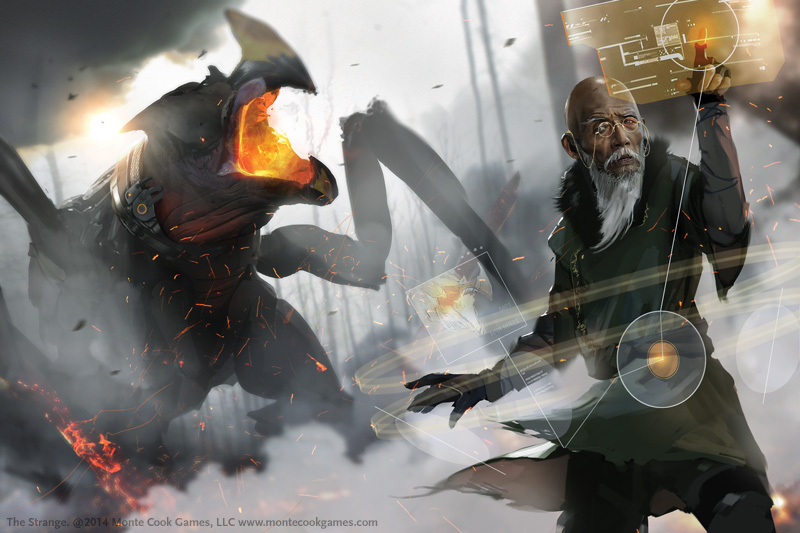
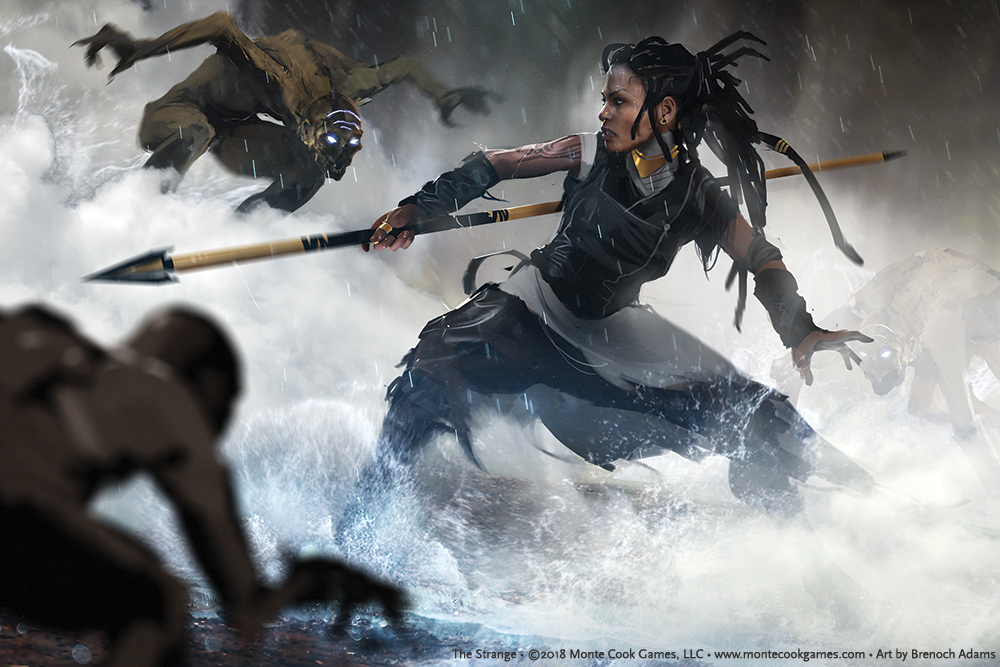
From a design point of view, this means you have to ask questions you don’t have to in other games. Is a magic fireball just a grenade with different set dressing? Is it different when two knights hit each other with swords than when two robots slice at each other with laser axes? Does piloting a hovercraft need to be different mechanically than driving a car?
These are fun questions, but that doesn’t make them superficial—they’re important.
While the Cypher System Rulebook covers a lot of different genres, we’ve also done a lot of work on genre-focused Cypher System books, like Stay Alive! for horror, Godforsaken for fantasy, and Neon Rain for cyberpunk. As we move forward into Cypher’s future, we don’t want to undo any of that work. We’re lazy that way. Still, all this additional work has taught us a lot about dealing with different genres and settings, and we don’t want to pretend that it didn’t.
First and foremost, we’ve learned that, as it stands, jumping into a fresh one-shot adventure or campaign is slower than I’d like. As I mentioned last week, Cypher was designed to be more of a game-creating toolbox than a complete game, and that can be less than ideal at times. Genre, I believe, is the answer to that problem. Rather than just having core character types that can be molded and modified to fit any genre, we’ve determined that it’s a much easier and more fun experience (not to mention faster) if those types are just designed for a specific genre. This means that rather than taking an adept and making a lot of choices to make it into the wizard you want to play, you can just play the wizard type we’ve designed for you. This new approach doesn’t require a player (or GM) to choose abilities and whatnot to reflect the desired spellcaster—it instead asks you to choose from a wide variety of pre-made options like the wizard, the sorcerer, the witch, the mage, and so on. You still have a lot of choice, with many customization opportunities if you want them.
We’ve also embraced the idea of sub-genres in a big way. So while the mage or a necromancer might be better suited to your dungeon-fantasy game, the wizard might be more appropriate for an epic fantasy (a la Tolkien or King Arthur). A Conan-style sword and sorcery game might work best with a witch or a sorcerer. Of course, because all the types are compatible with each other, you can choose whichever you want.
Likewise, this means that we don’t just have science fiction options, but hard sci-fi, space opera, cyberpunk, and postapocalyptic choices for you. And of course, there’s modern “real world” options, superhero, and more.

One of the reasons that this new way of looking at types works so well is that these choices are simplified and streamlined, meaning each option takes up a lot less space in a book than types that cover every conceivable campaign imaginable. This, in turn, makes them less complicated and intimidating to jump into.
By digging deeper into the different genres, it’s a lot easier to have the game you most want to play. Flavor is so important to really enjoy a game. While some people are fine with a general fantasy game, others want to embrace the difference between Conan and Aragorn, for example. Sure, superficially they’re both guys with swords, but the things they can do, the companions they travel with, and the challenges they face are actually quite different.
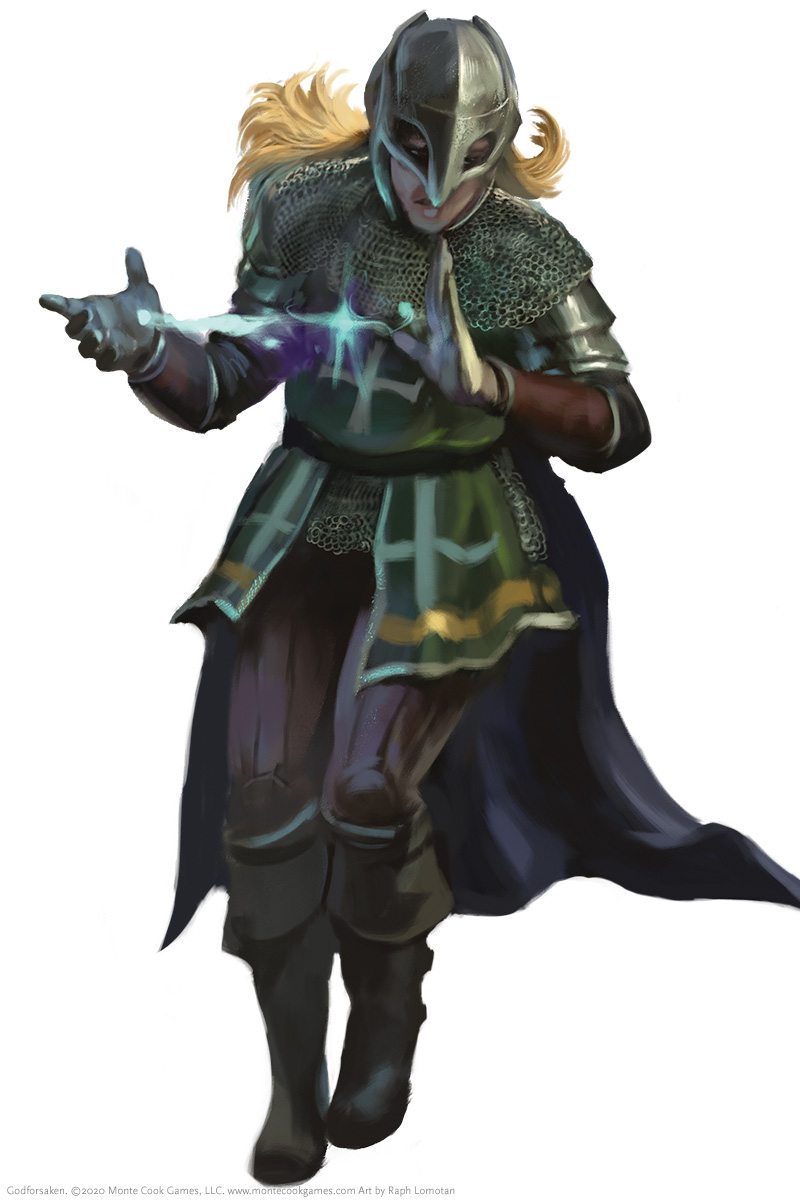
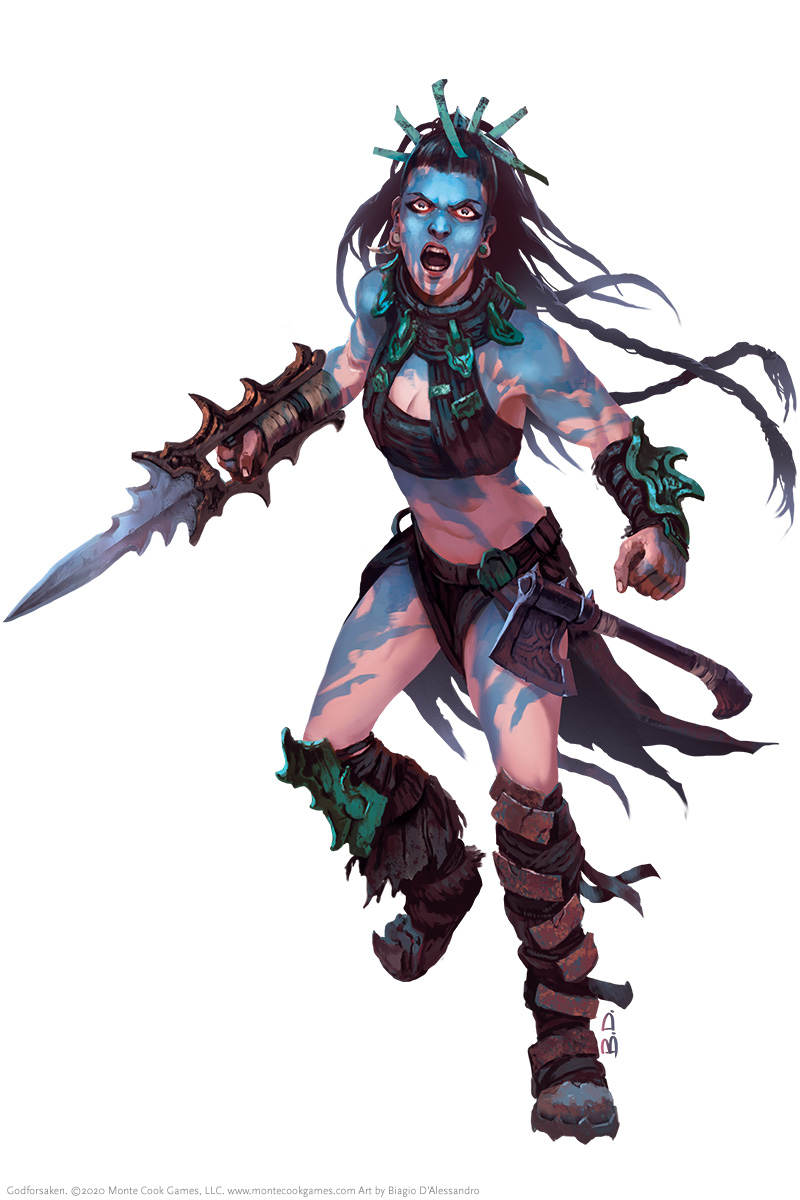

Ultimately, having defined types specific to genres means that no matter what campaign the group wants to play, it will be much easier to play straight out of the book, and get things up and running fast. Of course, if the GM has some really weird ideas for their setting—things that don’t fit into a standard genre or subgenre—they can still customize everything, just like they can for Cypher System now. But that info will be presented in a user-friendly way for the GM’s eyes only, just to cut down on the rules clutter.
Ultimately, we gave ourselves the task of making character creation faster and easier without decreasing the options and ability to customize. (I’ll talk about that more in a future post, including greater access to skills, and abilities having more interesting and varied effects for PCs.) It was difficult, but I think we did it.
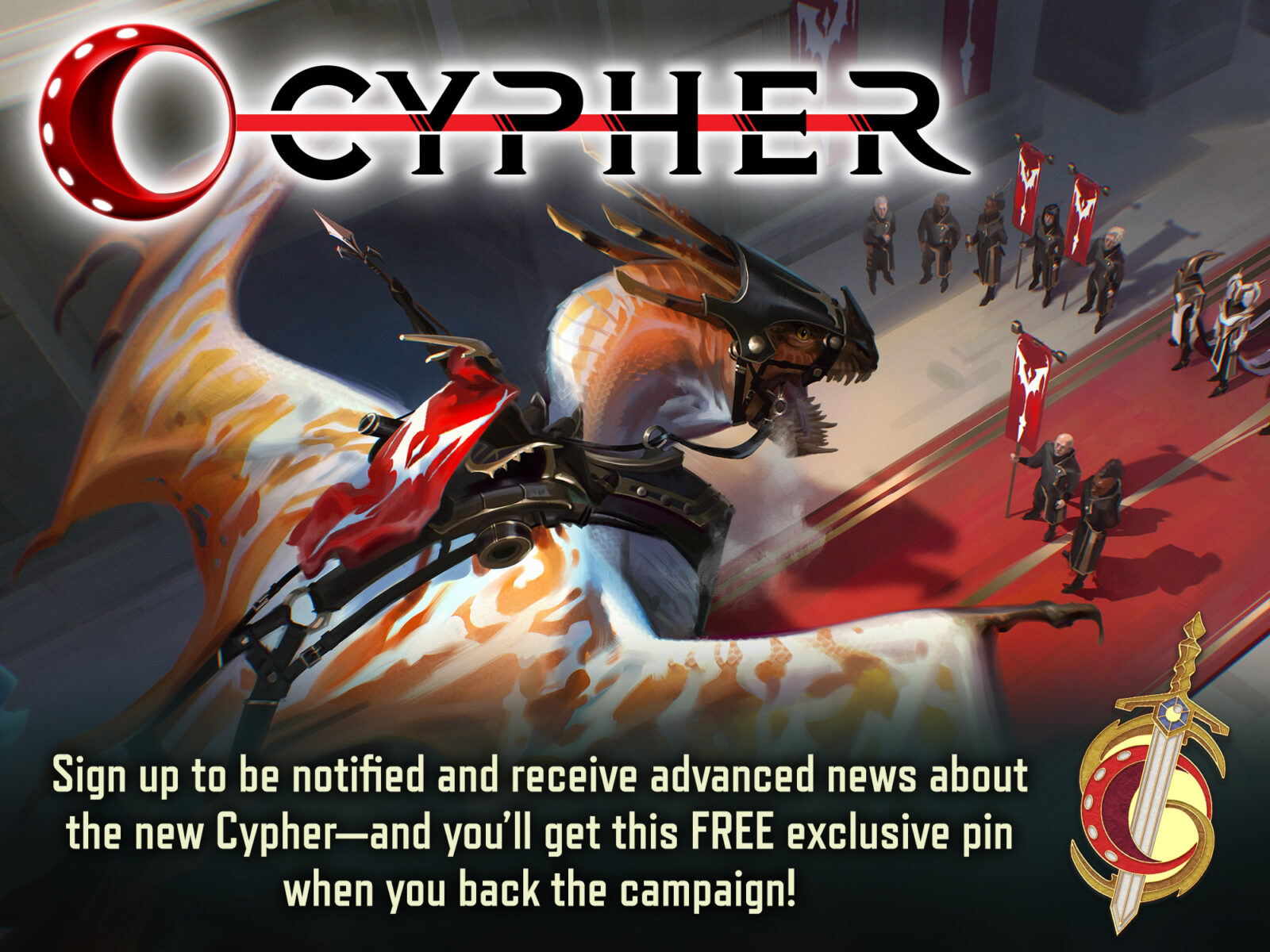
Sign up and be among the first to get advance information and details about the new edition of Cypher (and be notified when the campaign launches).
If you love game design, you might also be interested in Monte’s Substack, RPG Design Theories!